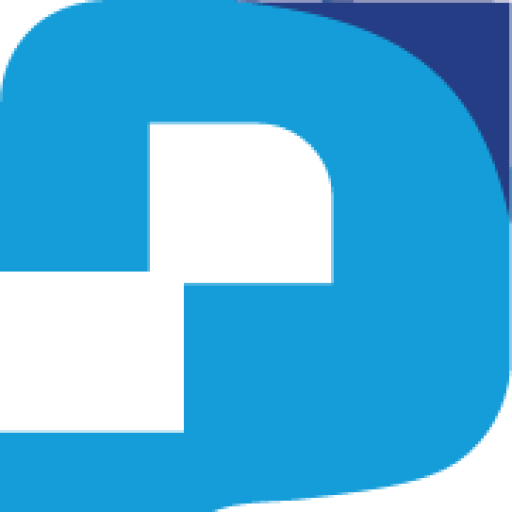For many early-stage entrepreneurs, the challenge of building digital products without technical expertise can feel daunting. That is why understanding no-code tools for startups: how to build without coding is essential.
These platforms allow founders to create websites, apps, and automated workflows without writing a single line of code, reducing both cost and time to market while enabling rapid experimentation.
No-code solutions are transforming the startup ecosystem, empowering individuals and small teams to launch digital products quickly, validate ideas, and iterate efficiently.
From creating e-commerce stores to building complex software, these tools are democratizing access to technology and lowering barriers for non-technical founders.
Understanding No-Code Tools
No-code platforms are designed to allow users to build functional software through visual interfaces rather than traditional programming. They often include drag-and-drop builders, pre-built templates, and integrations with popular services.
Key advantages of no-code tools:
- Speed: Rapid development without hiring developers.
- Cost-efficiency: Reduces initial investment in technical talent.
- Flexibility: Easily modify workflows, layouts, or processes.
- Accessibility: Non-technical founders can execute ideas independently.
Types of No-Code Tools for Startups
Startups can leverage no-code platforms across multiple domains:
a) Website and Landing Page Builders
- Examples: Webflow, Wix, Squarespace
- Use-cases: Marketing websites, product landing pages, portfolios
b) E-commerce Platforms
- Examples: Shopify, BigCommerce, Gumroad
- Use-cases: Online stores, digital product sales, subscription services
c) Mobile and Web App Builders
- Examples: Adalo, Glide, Bubble
- Use-cases: SaaS applications, MVPs, marketplaces
d) Automation and Workflow Tools
- Examples: Zapier, Integromat (Make), Airtable
- Use-cases: Automating repetitive tasks, integrating apps, managing databases
e) Analytics and Customer Engagement Tools
- Examples: Coda, Notion, Retool
- Use-cases: Dashboards, reporting, team collaboration
How Startups Can Use No-Code Tools
- Validate Ideas Quickly: Build MVPs (minimum viable products) to test market demand without heavy investment.
- Iterate Faster: Adjust features or user interfaces based on customer feedback without rewriting code.
- Automate Workflows: Connect apps, automate notifications, and streamline operations to save time.
- Build Scalable Products: Some no-code platforms can handle large user bases, allowing startups to grow without a full development team initially.
Best Practices for Using No-Code Tools
- Start Small: Focus on building core functionality first, then expand features.
- Choose the Right Platform: Evaluate ease of use, integrations, scalability, and pricing.
- Plan for Growth: Some no-code tools have limitations; plan a migration path to code-based solutions if necessary.
- Maintain Data Security: Ensure platforms comply with privacy regulations and secure user data.
- Test Rigorously: Regular testing ensures reliability and improves user experience.
Limitations of No-Code Tools
While no-code platforms offer tremendous advantages, founders should be aware of potential drawbacks:
- Scalability Limits: Some platforms may struggle with high traffic or complex logic.
- Vendor Lock-In: Switching to a different platform can be challenging once a product is built.
- Customisation Constraints: Unique or highly specialised features may require traditional coding.
- Performance Issues: Applications may load slower compared to fully custom-built solutions.
Top No-Code Tools for Startups in 2025
| Category | Tool | Use Case |
| Website Builder | Webflow | Marketing sites, landing pages |
| E-commerce | Shopify | Online stores, subscriptions |
| Mobile/Web Apps | Bubble | SaaS products, MVPs |
| Automation | Zapier | Connecting apps, workflow automation |
| Databases & Dashboards | Airtable | Team collaboration, analytics |
Launching Your Startup With No-Code
- Define Your MVP: Identify the core feature that solves your customer’s problem.
- Select the Right No-Code Stack: Combine tools that cover front-end, back-end, workflow, and analytics.
- Build Quickly: Use templates, integrations, and pre-built components to save time.
- Gather Feedback: Share your MVP with early users and iterate.
- Plan for Scaling: Evaluate when a transition to code-based development is necessary for performance or advanced features.
FAQs: No-Code Tools for Startups: How to Build Without Coding
What are no-code tools and why are they important for startups?
No-code tools allow founders to build websites, apps, and workflows without coding. They reduce cost, speed up development, and enable rapid experimentation for startups.
Can no-code tools scale as my startup grows?
Many no-code platforms can handle small to medium-scale operations. However, highly complex or large-scale applications may require custom development as the business grows.
Which no-code tools are best for building an MVP?
Popular options include Bubble, Adalo, Webflow, and Glide. These platforms allow startups to launch a minimum viable product quickly for testing and validation.
Are no-code tools suitable for e-commerce startups?
Yes. Platforms like Shopify, BigCommerce, and Gumroad let entrepreneurs build and manage online stores without coding, including payment integration and inventory management.
What are the limitations of no-code platforms?
Limitations include vendor lock-in, restricted customisation, potential performance issues, and scalability challenges for highly complex applications. Planning ahead can mitigate these risks.
————————-
Bookmark Techparley.com for the most insightful technology news from the African continent.
Follow us on Twitter @Techparleynews, on Facebook at Techparley Africa, on LinkedIn at Techparley Africa, or on Instagram at Techparleynews.






